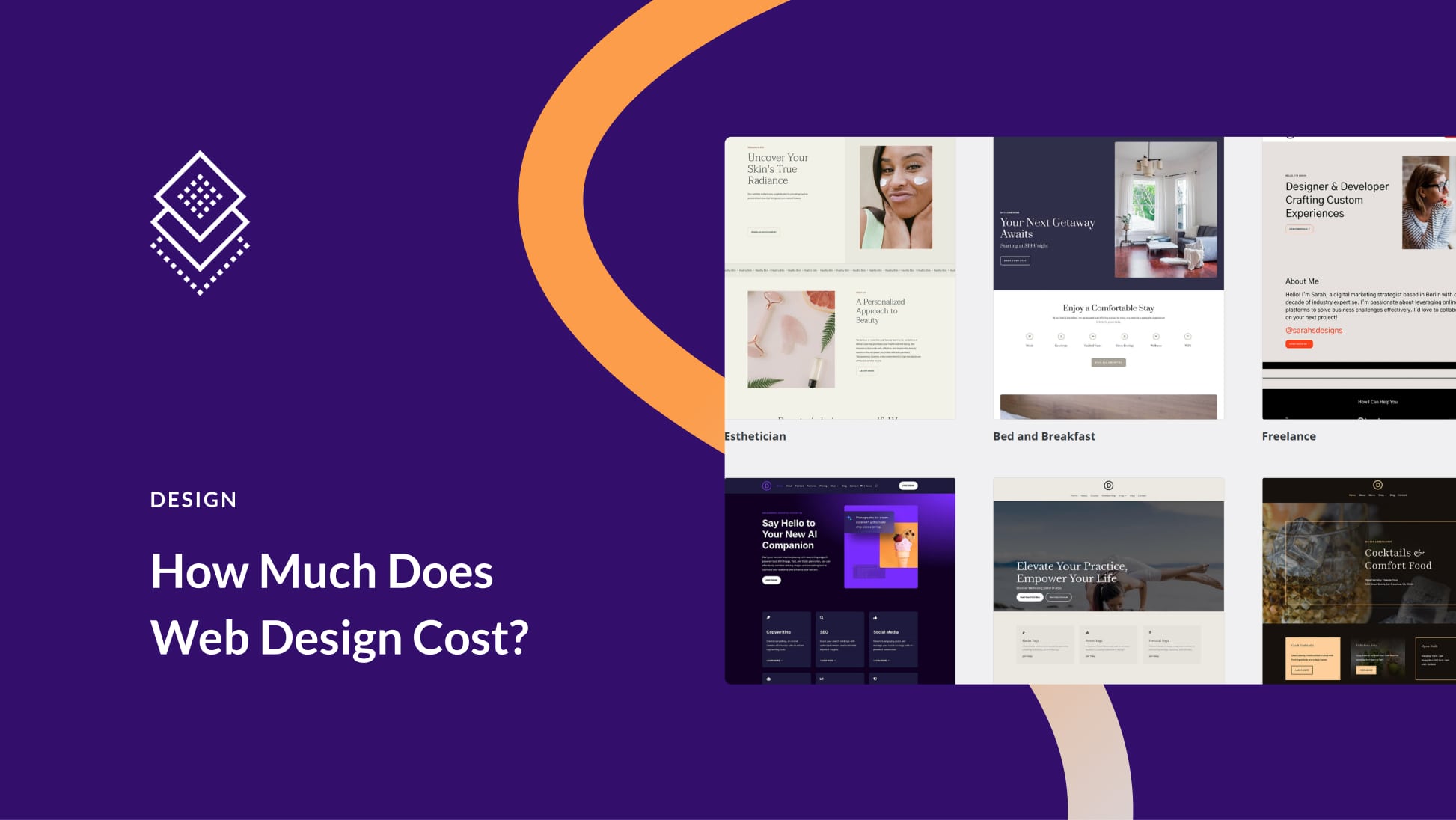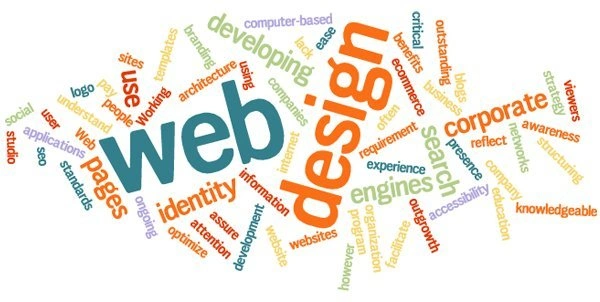The Most Effective Sorts Of Web Style to Enhance Individual Experience and Interaction
In the ever-evolving landscape of electronic communication, the efficiency of Web design significantly influences individual experience and interaction. Numerous style techniques, such as minimal, receptive, and interactive layouts, each deal one-of-a-kind benefits that can cater to diverse individual needs.
Minimalist Web Layout
As electronic landscapes become significantly messy, minimal Web design has actually become a powerful strategy to enhancing individual experience. This layout approach focuses on simpleness, concentrating on essential components while eliminating unnecessary diversions. By making use of adequate white room, uncomplicated navigation, and a restricted color palette, minimalist style cultivates clearness and directs user interest to essential material.
The core principle of minimalist website design is to develop a smooth communication for customers. By lowering cognitive load, individuals can quickly comprehend information without feeling overwhelmed. This direct approach not just improves functionality however additionally encourages interaction, as site visitors are more probable to check out a website that is visually enticing and easy to navigate.
Additionally, minimalist layout commonly highlights typography and imagery, using these components purposefully to convey messages efficiently. In essence, minimalist Web layout is not simply a pattern; it is a thoughtful methodology that recognizes the relevance of user-centered design.
Receptive Web Design
In today's varied digital atmosphere, receptive Web layout has actually ended up being essential for developing a smooth customer experience across a wide range of devices. As individuals accessibility internet sites on smart devices, desktop computers, tablet computers, and laptops, the capability of a web site to adapt its layout and content to various display dimensions and resolutions is essential.
Receptive website design utilizes versatile grids, images, and CSS media inquiries to make certain that Web material exists ideally, no matter the gadget used. This strategy not only enhances the aesthetic appeal of a site but likewise substantially boosts use. Individuals are most likely to engage with a site that supplies a consistent experience, as it removes the irritation of needing to focus or scroll exceedingly.
By taking on receptive layout, companies can enhance their presence and reach a more comprehensive audience. In recap, receptive Web design is a basic technique that boosts individual experience, interaction, and overall complete satisfaction.
Interactive Website Design
Responsive Web style lays the foundation for enhancing customer experience, however interactive Web style takes this a step better by involving customers in an extra dynamic way - Aligned Position Web Design. By including elements such as animations, clickable prototypes, and real-time comments, interactive Web style astounds users, drawing them right into a richer browsing experience
This method not just cultivates interaction yet likewise urges individuals to check out material actively instead of passively eating it. Strategies such as gamification, where users earn benefits for finishing tasks, can significantly boost the moment invested on a website and enhance overall contentment. Moreover, interactive functions can streamline intricate details, making it a lot more delightful and digestible.

Integrating interactive design aspects can additionally bring about higher conversion rates, as users are most likely to involve with a site that actively entails them. Aligned Position Web Design. Eventually, interactive website design changes user experiences right into memorable journeys, guaranteeing that visitors return time after time
Apartment Style
Characterized by its minimalistic method, flat style stresses simplicity and performance, removing away unnecessary aspects and focusing on crucial attributes. This design viewpoint focuses on use, guaranteeing that users can navigate user interfaces with ease and effectiveness. By employing a clean aesthetic, level design removes the clutter typically located in much more elaborate designs, thus enhancing individual concentrate on web content and functionality.
The characteristic of flat design depends on its use vibrant colors, simple typography, and geometric shapes. These components add to a visually enticing user interface that is both modern-day and approachable. Furthermore, flat design promotes a sense of quality, allowing customers to determine necessary activities and information without diversion.
Furthermore, flat design is particularly effective in responsive Web style, as its simplicity converts well throughout different devices and display sizes. By focusing on important attributes, level design not just fulfills customer requirements yet additionally motivates seamless interaction, making it a crucial component of reliable Web style strategies.
Flexible Website Design
Adaptive Web design tailors the individual experience by developing several taken care of designs customized to different display sizes and anonymous tools. Unlike receptive style, which fluidly adjusts a single format, flexible design utilizes unique formats for specific breakpoints, making sure optimal presentation on numerous platforms. This approach allows designers to concentrate on the unique qualities reference of each device, enhancing functionality by delivering specifically what individuals need based on their context.
Among the key benefits of adaptive Web design is its capability to enhance load times and performance. By offering tailored content and pictures that fit the user's tool, web sites can lessen data usage and boost loading rates. This is particularly useful for individuals with slower links or restricted data strategies.

Additionally, flexible style assists in a more consistent and regulated branding experience. Because designers produce numerous layouts, they can guarantee that the visual components line up with the brand name's identification throughout different systems - Aligned Position Web Design. This leads to a natural customer experience, improving interaction and advertising individual retention
Verdict
To conclude, the integration of minimalist, responsive, and interactive Web design principles considerably improves individual experience and engagement. Minimalist design cultivates quality and focus, while responsive style makes certain adaptability across different tools, advertising ease of access. Interactive design astounds customers through dynamic components, encouraging exploration and personalization. Collectively, these layout approaches contribute to the production of easy to use environments that not only enhance complete satisfaction yet also drive click over here greater conversion rates, emphasizing their important relevance in modern Web design methods.

Minimalist style cultivates quality and emphasis, while receptive style makes certain versatility throughout different devices, promoting accessibility. Jointly, these layout comes close to add to the creation of easy to use settings that not only boost contentment but also drive greater conversion prices, highlighting their important significance in contemporary Web style strategies.
Comments on “Affordable Aligned Position Web Design: Top-Notch Web Design Services at Competitive Prices”